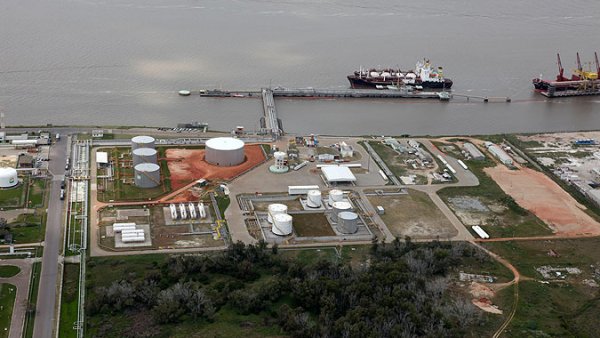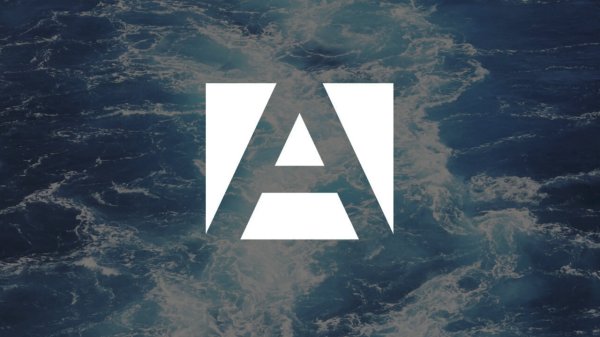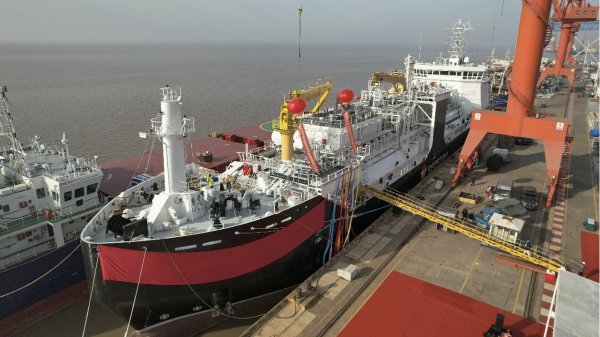Pavilion Energy signs MoU to supply Harley Marine bunker tankers with LNG
Harley Marine, Mitsui O.S.K. Lines and Mitsui & Co. all sign MoU with Singapore LNG specialist.
The CEO of liquefied natural gas (LNG) specialist Pavilion Energy Pte Ltd, Seah Moon Ming, has announced that the company has signed a memorandum of understanding (MoU) with Harley Marine, Mitsui O.S.K. Lines and Mitsui & Co. to jointly participate in the Maritime and Port Authority of Singapore's (MPA) LNG bunkering pilot programme. The MPA intends to launch the programme in early 2017.
As part of the MoU, Pavilion Energy, a unit of Temasek Holdings, is to supply LNG bunkers to two dual-fuelled conventional bunker tankers that Harley Marine intends to build with S$4 million (US$2.8 million) funding assistance from the MPA.
The development follows the MPA's announcement earlier this year that it would be allocating S$12 million (US$8.4 million) towards a co-funding programme for LNG-fuelled vessels, including tugboats and bunker tankers. A total of S$8 million (US$5.6 million) was awarded to Harley Marine Asia Pte Ltd, Keppel Smit Towage Pte Ltd and Maju Maritime Pte Ltd.
To encourage the uptake of LNG bunker fuel by local harbour craft, the MPA is to also waive five years of port dues for new LNG-fuelled harbour craft that register with the MPA between 1st October 2017 and 31st December 2019. An additional 10 percent port dues concession will also be granted for Green Port Programme-qualifying vessels that use LNG-fuelled harbour craft for their port operations.
At the start of the year, the MPA handed out the first two LNG bunkering licences to Pavilion Gas and a joint venture between Keppel Offshore & Marine and BG Group (which was subsequently acquired by Shell in February). This followed the evaluation of 12 bids received in response to a request for proposal, which closed on 30th September 2015.
Subsequently, towards the end of September 2016, Pavilion Energy confirmed that it was teaming up with ExxonMobil to set up a truck-to-ship LNG bunkering operation in Singapore.
2020 global sulphur cap
Speaking during the LNG Producer-Consumer Conference on Thursday, Mr Seah said the recent ruling by the International Maritime Organisation (IMO) to implement a 0.5 percent limit on the sulphur content of marine fuel from 2020 was "a timely reminder of the potentially high demand for gas in fuelling ships".
Together with the increased use of gas in trucking, Seah said 50 million tonnes per annum (mtpa) of new LNG demand in the transportation sector could be created by 2020, growing to 100 mtpa by 2030.
Three key areas of opportunity
Seah said during Thursday's conference that there were three key areas of opportunity for the LNG industry that could to be unlocked: creating new and alternative markets for LNG; greater cooperation in the region for LNG trades; and developing LNG ecosystems to fully realise the potential of LNG.
As part of the MoU, Pavilion Energy, a unit of Temasek Holdings, is to supply LNG bunkers to two dual-fuelled conventional bunker tankers that Harley Marine intends to build with S$4 million (US$2.8 million) funding assistance from the MPA.
The development follows the MPA's announcement earlier this year that it would be allocating S$12 million (US$8.4 million) towards a co-funding programme for LNG-fuelled vessels, including tugboats and bunker tankers. A total of S$8 million (US$5.6 million) was awarded to Harley Marine Asia Pte Ltd, Keppel Smit Towage Pte Ltd and Maju Maritime Pte Ltd.
To encourage the uptake of LNG bunker fuel by local harbour craft, the MPA is to also waive five years of port dues for new LNG-fuelled harbour craft that register with the MPA between 1st October 2017 and 31st December 2019. An additional 10 percent port dues concession will also be granted for Green Port Programme-qualifying vessels that use LNG-fuelled harbour craft for their port operations.
At the start of the year, the MPA handed out the first two LNG bunkering licences to Pavilion Gas and a joint venture between Keppel Offshore & Marine and BG Group (which was subsequently acquired by Shell in February). This followed the evaluation of 12 bids received in response to a request for proposal, which closed on 30th September 2015.
Subsequently, towards the end of September 2016, Pavilion Energy confirmed that it was teaming up with ExxonMobil to set up a truck-to-ship LNG bunkering operation in Singapore.
2020 global sulphur cap
Speaking during the LNG Producer-Consumer Conference on Thursday, Mr Seah said the recent ruling by the International Maritime Organisation (IMO) to implement a 0.5 percent limit on the sulphur content of marine fuel from 2020 was "a timely reminder of the potentially high demand for gas in fuelling ships".
Together with the increased use of gas in trucking, Seah said 50 million tonnes per annum (mtpa) of new LNG demand in the transportation sector could be created by 2020, growing to 100 mtpa by 2030.
Three key areas of opportunity
Seah said during Thursday's conference that there were three key areas of opportunity for the LNG industry that could to be unlocked: creating new and alternative markets for LNG; greater cooperation in the region for LNG trades; and developing LNG ecosystems to fully realise the potential of LNG.

|
IMO approves pricing mechanism based on GHG intensity thresholds
Charges to be levied on ships that do not meet yearly GHG fuel intensity reduction targets. |
|
|
|
||

|
VARO Energy expands renewable portfolio with Preem acquisition
All-cash transaction expected to complete in the latter half of 2025. |
|
|
|
||

|
NYK trials biofuel in milestone coal carrier test
Vessel is used to test biofuel for domestic utility company. |
|
|
|
||

|
H-Line Shipping orders LNG bunkering vessel
Vessel with 18,000-cbm capacity to run on both LNG and MDO. |
|
|
|
||

|
How to engineer and manage green shipping fuels | Stanley George, VPS
Effective management strategies and insights for evolving fuel use. |
|
|
|
||

|
Swedish government bans scrubber wastewater discharges
Discharges from open-loop scrubbers to be prohibited in Swedish waters from July 2025. |
|
|
|
||

|
MAN Energy Solutions achieves 100% load milestone for ammonia engine
Latest tests validate fuel injection system throughout the entire load curve. |
|
|
|
||

|
Petrobras secures ISCC EU RED certification for B24 biofuel blend at Rio Grande
Blend consisting of 24% FAME is said to have been rigorously tested to meet international standards. |
|
|
|
||

|
Stolt-Nielsen to fully control Avenir LNG with acquisition
Share purchase agreement to buy all shares from Golar LNG and Aequitas. |
|
|
|
||

|
Bureau Veritas supports launch of CIMC SOE's LNG bunkering vessel
Handover of Seaspan Energy's cutting-edge 7,600-cbm vessel completed. |
|
|
|
||
Related Links
- · ExxonMobil confirms Pavilion Energy LNG bunkering partnership [Insights]
- · Pavilion Energy and ExxonMobil to supply LNG to ships in Singapore [Insights]
- · Singapore sets out new measures to shape bunkering for the future [Insights]
- · Keppel and Shell to establish LNG bunkering business in Singapore [Insights]
- · Keppel and BG Group win licence to supply LNG ship fuel in Singapore [Insights]
- · Singapore [Directory]
- · Singapore [Directory]

